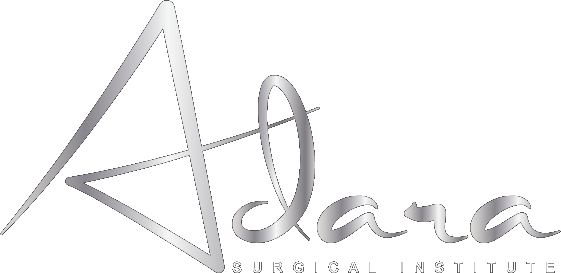

Your eyes are one of your most prominent facial features. You might be interested to know that it is actually the skin surrounding the eyes (rather than the eyes themselves) that convey your emotions! As we age, the eyelids lose their elasticity and this can cause them to look puffy or fat and sometimes can give the appearance of eye bags. These changes can start off as a minor annoyance and eventually become a real source of emotional distress (and even visual impairment).
A “Blepharoplasty” or eye lift surgery is a minor surgical procedure that helps to reestablish the architecture of the eyelids you had when you were young. This is achieved through a combination of removing excess skin, tightening and repositioning the remaining eyelid structure as well as working with the deeper structures like fat. This procedure may involve the upper lids, the lower lids, or both.
“Blepharoplasty” or eye lift surgery is a minor surgical procedure that helps to reestablish the architecture of the eyelids you had when you were young."
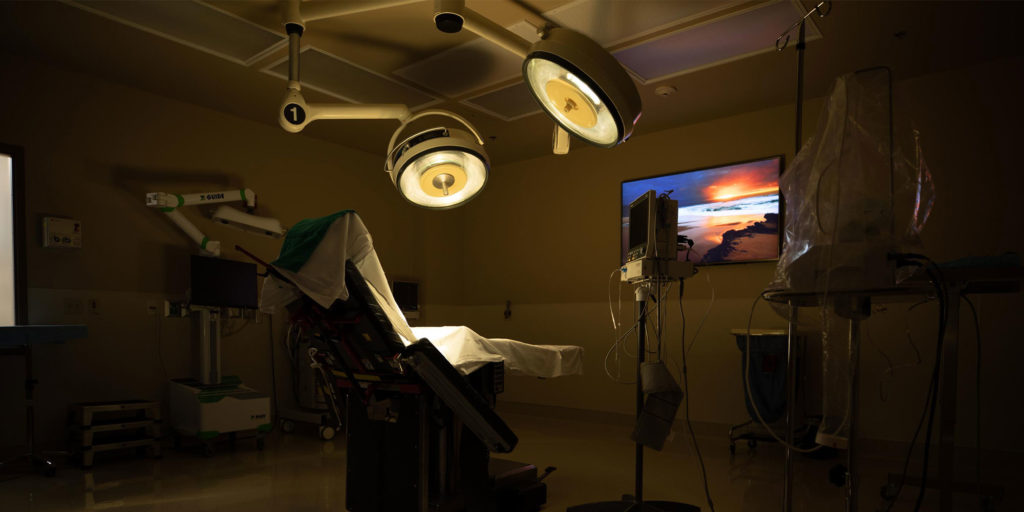

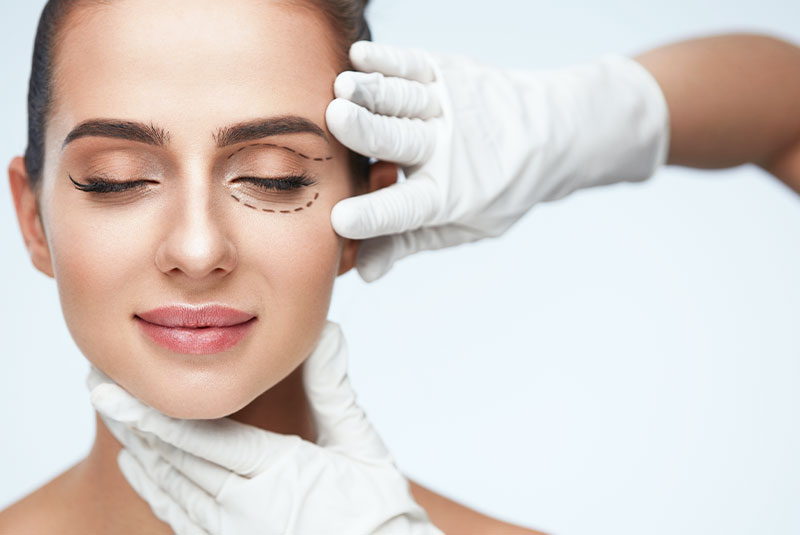
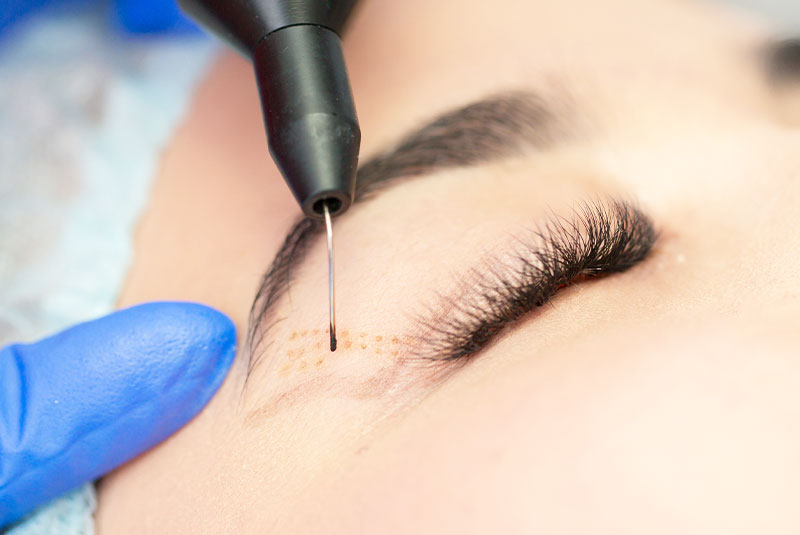

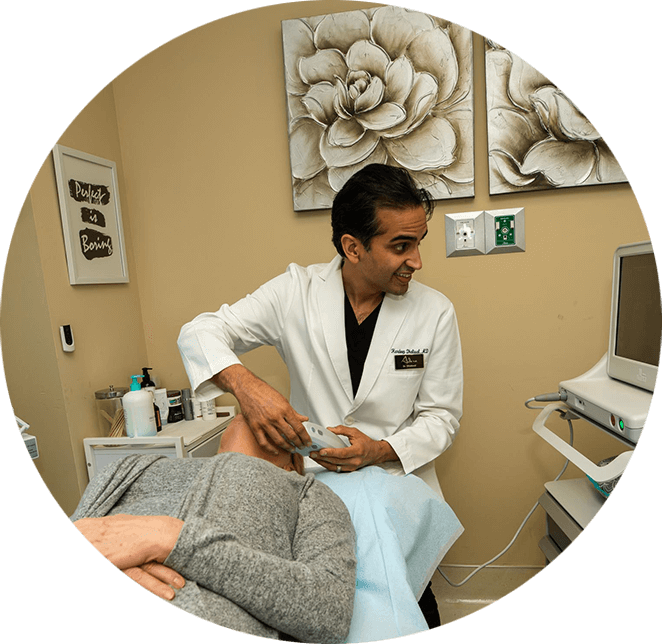
If you decide that an eyelid lift isn’t exactly what you were looking for, there are some great alternatives. For example, a neurotoxin like Botox or Dysport can be used to help soften the overactive muscles surrounding the eye, and this can improve your appearance dramatically (and non-surgically). This can result in elevation of the brow and thus improving the upper eye lid architecture. Neurotoxins can also be used to help decrease wrinkles around the eyes and stop the skin from bunching around the lower eyelid. They can also soften a lot of the smile lines or crows feet lines.
Another option that can help improve the eye lid appearance is the use of fillers (like Juvaderm, Volbella, Vollure, Restylane, Refyne, Defyne, or Belotero). The fillers help to reestablish volume of the soft tissues around the eyes. This can help camouflage puffy eyes or eye bags. An alternative to filler is fat grafting. Fat grafting can be used to also camouflage the appearance of eye bags or dark circles under the eyes. To perform fat grafting, it employs the transferring of fat from another part of the body (typically the abdomen) to the cheeks and eyes. Fat grafting typically can last longer then fillers and may give a more natural appearance. Another great option to help improve the appearance of the upper eyelid and brow is ultherapy. Ultherapy is a non-invasive device that can be used to help tighten the skin and deep structures of the brow.
I understand the information disclosed in this form may be subject to re-disclosure and may no longer be protected by HIPAA privacy regulations and the HITECH Act.